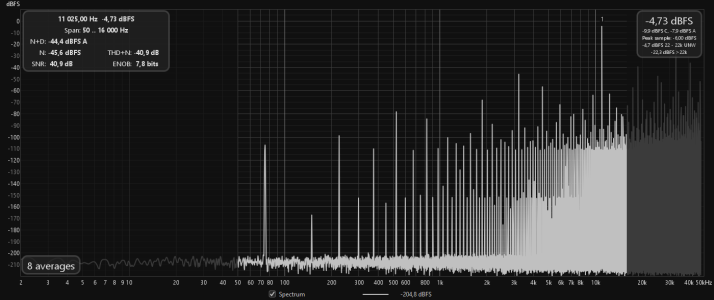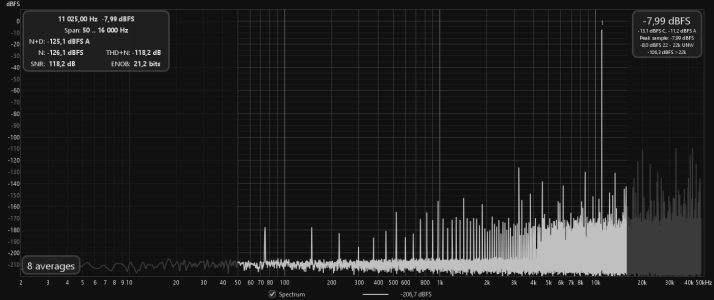Steve Woodhouse
Major Contributor
- Joined
- Aug 11, 2023
- Messages
- 1,961
Which ones? Which "measurable, audible aspects of the device’s output"? Can you provide a list of tests and measurements which are necessary to be made to work as a proof of the device transparency?
Range of frequency response, deviations from frequency response, distortion, noise, dynamic range.
As I’ve said before, the limits of these are well-documented. I ain’t doing your donkey work for you.


